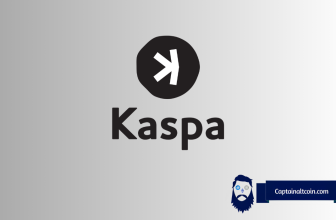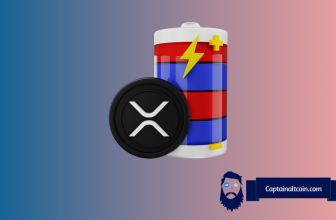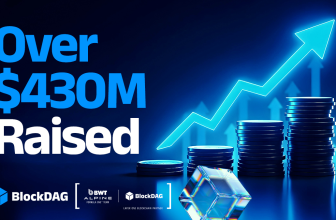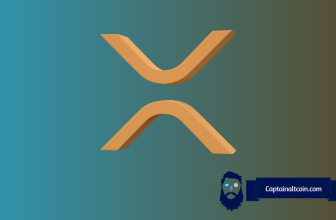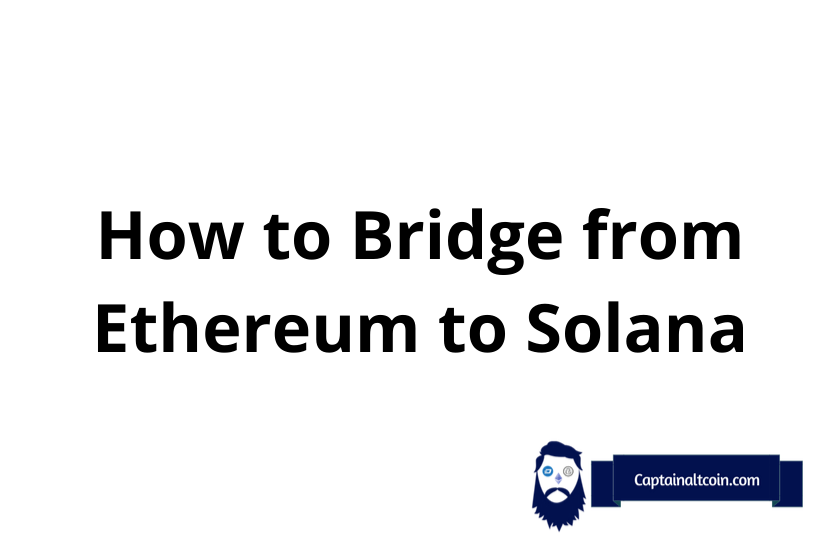
What you'll learn 👉
What is a cross-chain or blockchain bridge?
Let’s start off by explaining the basics. As the name suggests a blockchain chain is a connection between one chain and another that lets you transfer data and tokens. The chains can be at first sight incompatible with completely different protocols, and have sets of a wide array of sets and rules. With the blockchain bridge both sides become interoperable and compatible, solving that thorny issue.
But not all Blockchain Bridges are made equal, coming in different sizes and architectures. To make it simple we’ll list two main types:
Centralized Bridges work through a central authority, a third party between the user and the two connecting blockchains. This means you as a user have to put your trust in a middle man institution. And if you are reading this article, you probably already know that that’s a big no-no in the world of DeFi, as it opens the chance of you being taken advantage of.
Alternatively, decentralized or trustless bridges do not require a middle. And they are done in the full spirit of DeFi needing only a code to work. In a decentralized blockchain system, the rules are agreed upon by many computer nodes and written into the software.
This is why no one holds enough power to abuse it, unlike with centralized systems, which are often rampant with corruption. Transparency is the secret weapon that incentivizes all users to participate in the network.
But what can be transferred on these Blockchain Bridges? Tokens to be used on the other network, data, smart contract, decentralized identifiers, off-chain information from oracles such as stock market price feeds and so on. One example is a chain checking verifiable credentials on Polkadot using KYC (Know Your Customer) requirements by an Ethereum based gaming company.
All of this together makes Bridges even more decentralized as users are no longer blocked in their network of origin.
What is Wormhole?
Wormhole, a communication bridge between Solana and Terra, Ethereum and Binance Smart Chain at launch.
In simple terms, the protocol will make the network interoperable and able exchange crypto assets such as tokens, non-fungible tokens (NFTs), price data, and so on. Wormhole creates a faster and simpler route for external crypto assets to work with Solana’s ecosystem.
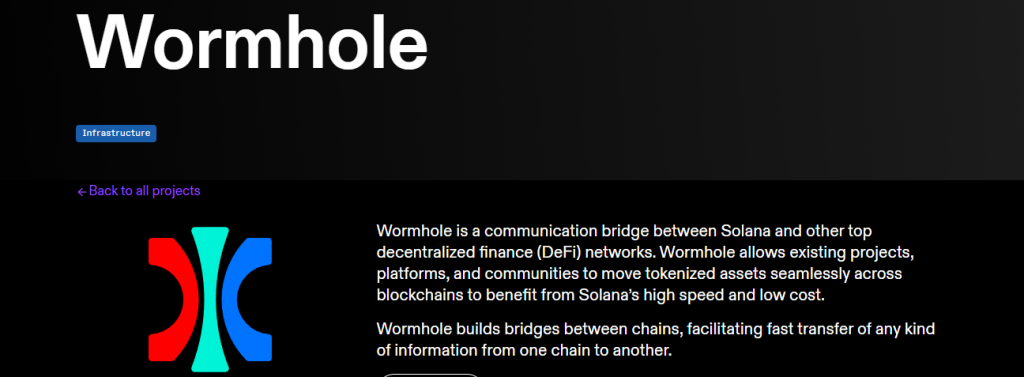
It enables DeFi to take advantage of Solana’s for high speed, low-cost transactions, while settling all transactions on the other blockchain. And without a doubt if we want DeFi to compete with CeFi the adoption of applications has to be at least if not more performant than on centralized platforms. With Wormhole that mark is hit with a homerun.
Payment gateways can use Wormhole to connect with other blockchain token’s and ensure faster transaction confirmation. Such an example are gaming platforms that can avoid latency related problems by using Wormhole to convert to an SPL standard and achieve faster native token operability.
The opportunities are immense and could change the way we approach DeFi. As slow and sluggish applications even if DeFi cannot compete with CeFi, with Wormhole all of this is made possible
What’s best is that the data or assets can cross this decentralized bridge in both directions.
“At the same time, any project can make use of the message-passing to grow beyond a single chain,” said Hendrik Hofstadt, director of special projects at Jump Trading Group, one of the main players behind Solana-based DeFi data distribution network Pyth.
By allowing blockchains to communicate between each other opens a whole new world of opportunities.
Wormhole works with 19 validators checking if the data or asset is locked on Chain A so that it can be freely copied to Chain B.
“We believe in an interchain future, and by creating an easy, scalable way to transport liquidity and messages across blockchains, Wormhole presents a succinct and clear vision for that future,” Terraform Labs co-founder Do Kwon stated.
How Wormhole Works
Wormhole is a bidirectional decentralised ERC- token cross-chain bridge that enables existing assets such as FOUR to be moved seamlessly between Solana and supported blockchains.
But the Wormhole cannot be called a blockchain network, as it operates on both consensus of the chains it bridges. All while guardians perform computation upon observing the on-chain events and sign Validator Action Approval resulting in mint or burn process.
The smart contract locks the FOUR ERC-20, as an example, sent from Ethereum, while at the same time the same amount of FOUR SPL is minted on Solana. And when users have to bridge the SPL FOUR back to ERC-20 FOUR, the smart contract burns SPL FOUR at the Bridge, and releases the ERC-20 FOUR. This way making sure that the circulating token supply doesn’t diminish.
How to send ERC20 tokens to SPL Solana tokens via Wormhole – step by step guide
1) Wormhole bridge
Follow the link to open the Wormhole bridge: https://www.wormholebridge.com/#/move?from=ETH&token=FOUR

(2) Connect Wallets
Connect Ethereum MetaMask wallet and Solana Sollet wallet.

(3) Set the ammount
Enter the amount of FOUR tokens you want to transfer
(4) Execute the transfer
Enter the amount of FOUR tokens you want to transfer and execute bridging by confirming the transfer and wait for the progress popup windows.




(5) Check the balance
After the confirmation, check the FOUR balance in your Solana wallet for proof everything went smoothly.
Conclusion
Wormhole is one of the best Blockchain Bridges out there. Connecting among the most promising chains in space with Solana, a project with immense potential. Maybe Wormhole will prove vital in Solana developing its full potential and taking on their giant competitors, such as Ethereum, Polkadot and Cardano. No easy task at all, but one step closer at every new update.
Read also:
- How To Move ETH From Ethereum to Polygon – ETH To Polygon Bridges
- Ethereum To HECO Chain Bridge – How To Send Coins From ETH To HECO
- How to Provide Liquidity on Balancer? How Does Balancer Liquidity Work?
- How to Provide Liquidity on Pancakeswap
FAQs
What Problem Does Solana Wormhole Solve?
WIth Wormhole projects, platforms, and communities are able to move tokenized data or assems through blockchains to Solana. And by doing so benefit from the platform’s high speed and low cost. The aim is interoperability often lacking in the crypto space, which unlocks network effects creating more efficiency and innovation. Taking the pressure from developers to prepare for their ecosystem.
How do you convert ETH to Solana?
Follow these steps to exchange ETH to SOL:
- In the widget, choose the coin that you want to exchange and the number of coins.
- Choose the cryptocurrency to buy.
- Copy the wallet address to receive the swapped cryptocurrency.
- The next step is sending the coins required for the trade.
- The platform will check the best ETH to SOL exchange rate, and the swaps will be completed.
BSC to Solana bridge
Switching from BSC to Solana has never been so easy, with the APYSwap bridge. It will allow for more interoperability and faster transaction speed. The APYSwap bridge also supports exchanges such as Huobi Eco Chain, Solana, Binance Smart Chain, and Ethereum.
Polygon to solana bridge
Bridging Polygon with Solana can be easily done by Allbridge. It supports ERC20, SPL, and a lot more.



